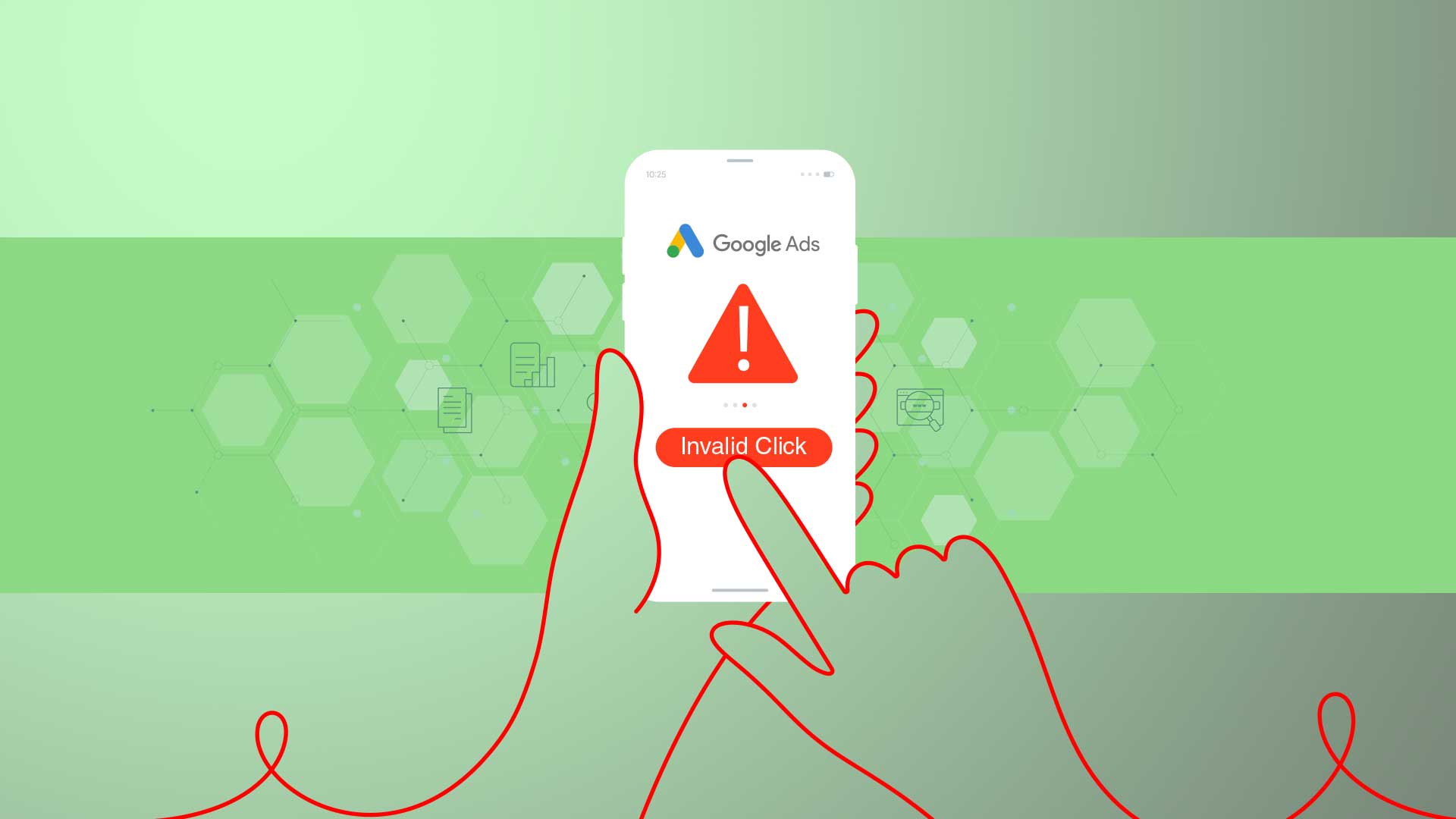Google defines invalid clicks as clicks on ads that are not in the genuine interest of users, such as intentional fraudulent traffic and accidental or duplicate clicks.
The incidence of invalid clicks may vary depending on the market in which we are working. We know that facing this situation can generate some frustration, but don’t worry because we are going to tell you how to solve it. For example, when search terms are very competitive and CPC bids are high, it is common for some individuals or businesses to try to increase their competition’s advertising spend.
They intentionally click or use bots to spend the budget so their ads can move to the top positions with a lower bid. This is unfair behavior that can increase the advertising costs of the affected competitors and hinder the effectiveness of the campaign because the budget runs out faster and does not generate conversions.
How to Detect Invalid Clicks
Our digital strategists at Mijo! Brands have faced the challenge of invalid clicks in different advertising campaigns in Google Ads. The good news is that Google Ads has a system that detects suspicious activity; for example, if there are a significant number of clicks from the same IP in a short period of time, the information is recorded. Thanks to this, you can identify the geographic location associated with the IP and take specific measures such as blocking that area.
But, surely you wonder what happens with the budget that has already been spent. The answer is that Google Ads performs the budget adjustment related to suspicious clicks at the end of the day, week, or month. It is something positive.
The bad news is that the budget allocated for that day was exhausted and the campaign was left out of searches. This can hurt the campaign, since the opportunity to show the advertising to potential users will be lost. However, you don’t need to worry, as we are going to tell you about some tools that can be of great help to prevent this problem.
Is Investing in Protection Tools the Solution?
Tools can be used to protect the campaign from suspicious activity. These tools may include:
- IP blocking. Suspicious IP addresses that generate unusual or suspicious clicks can be blocked.
- Detection of users with VPN. They can identify users who use virtual private networks (VPNs) to reduce the possibility of invalid clicks with false geolocation.
- Short navigation time. A user’s visit to the landing page after clicking on the ad can be monitored. If the browsing time is abnormally short, it may be a non-genuine click. In this case, other causes should be evaluated, such as the loading time of the web page.
It is essential to evaluate the cost-benefit of investing in protection tools, since they can imply a significant cost. You need to consider whether the amount invested will translate into long-term budget savings and a significant increase in conversions. If after the analysis it is concluded that the benefits outweigh the costs, then it will be worth making the investment.
Get in touch with subject matter experts
Our campaigns have experienced positive results from putting these strategies into practice. Thanks to the use of protection tools, the budget is no longer depleted as quickly and the campaign remains active without interruptions. On the other hand, by blocking suspicious IPs, it helps to keep the campaign active for longer periods. This leads to increased conversions from genuine audiences by blocking suspicious clicks.
However, the work does not end here. It is important to monitor and adjust the campaign to maintain its effectiveness. Our recommendation is that, if you suspect that your campaigns are being affected by invalid clicks, you approach experts on the subject. Our specialists can advise you on the subject and carry out an exhaustive analysis to verify if it really is the problem that is affecting the results of the campaign.
Write to us at info@mijobrands.com or contact us through our social networks on Facebook, Twitter and Linkedin.

